A library of sources organized in various mediums and categories: visual media, non-fiction, novel excerpt, poem, short story, and speech/letter/article to support anti-racist and culturally relevant teaching for high school students.
These resources aim to increase literacy by targeting vocabulary development. The project consists of two parts: a vocabulary workbook resource for teachers and a unit plan with extending lessons for a novel study on Monster by Walter Dean Myers.
This resource guide focuses on the intersection between poetry and social change. Resources in this folder include links to premade lesson plans, classroom activity ideas, strategies for teaching anti-racist poetry, and mentor poems.
Resource guide for educators hoping to teach climate change, extreme weather and environmental justice through an anti-racist lens. Includes a set of guiding principles, digital databases, presentation on the history of climate activism in Connecticut, and a curated list of five lesson plans.
A list of over 20 well-made, truth-telling documentaries that center Black, Indigenous, Latinx and other people of color, anti-racist and intersectional themes. Curated by New Haven public school educator Nataliya Braginsky.
This compilation of resources is for middle-school educators interested in teaching the concept of freedom. Resources have been curated to highlight everyday and collective acts of resistance in the movement towards abolishing slavery in the United States.
Materials for teaching early colonial U.S. history. Includes primary sources from Indigenous peoples, secondary texts on CT Indigenous history and resistance in CT, anti-racist frameworks and pedagogies for teachers and tangible activist opportunities for high school students.
A three-week curriculum unit full of rich lessons on the principles of collective value, different family structures, and one’s right to choose who they love. Includes read-alouds and classroom activities for young students.
A database of 22 anti-racist children’s books for use by educators in elementary and early-middle schools. Most books come with a hyper-linked read-along, opportunities to purchase the text for your classroom and discussion questions for young students.
A 14-day curriculum for close reading Art Spiegelman’s graphic novel, “Maus.” Discussion guidelines and activities are adaptable to different educator’s needs. Suitable for middle and high school.
In need of posters for your classroom? Feature four, powerful literary figures of color from Hartford and Connecticut—Gertrude Blanks, Ann Plato, María Colón Sanchez, and Lucy Cooper Summers.
Resources for teaching physics with an anti-racist lens. Some highlights include a lesson plan on biases in the Nobel Prize for Physics and the Native Drum website, which uses First Nations Indigenous culture and music to introduce students to physics concepts.
This multi-media lesson plan asks students identify, “To what degree are representations of race in popular media anti-racist or not?” Includes a graphic organizer, final assignment, assessment and a curated list of popular media from which students can choose to do their final projects.
This teacher-generated resource document is for all educators teaching the new Black and Latinx Studies course. It includes lesson plans, primary sources, podcasts, poetry, books, music and more. The document can be navigated by resource type, a table of contents and keyword search.
A photo and art archive of over one-hundred images that foregrounds queer, BIPOC and New Haven contributions to major historical social movements. Students can explore the annotated photos directly or teachers could utilize the archive as a supplement to existing lesson plans.
These resources are for middle-school educators interested in teaching the terror, wonders and science of space exploration through an anti-racist and anti-imperial lens.
Through critical readings of youth organizing manifestos, demands, and platforms, this curriculum unit introduces students to the varied and inspiring ways that young people have come together to lead change in Connecticut.
Through poetry, video, a gallery walkthrough and interactive activity, this one-hours lesson plan empowers educators and students to develop vocabulary to talk about Native American Boarding schools and related structural issues.
Curriculum Unit. By Dr. Kelly Hope. Suggestions for including African American. African diaspora and Latinx experiences, literature and history in the high school classroom. Students will learn to identify themes in a text and provide analysis through various lens.
Resource Guide. By ARTLC Team. An array of curriculum units, databases, interactive activities, and local Connecticut histories and sources under the broad field of “Latinx Studies.” Emphasizes an anti-racist framework that centers student experiences, Afro-Latinx themes, and community-based collaborations. Range of subjects and grade levels.
Resource Guide. By ARTLC Team. This guide highlights resources from and provides an entry point into the ARTLC Asian American and Pacific Islander Curriculum Resources database, an ongoing and collaborative list of curriculum units, lesson plans, multimedia resources, events, and other materials that fall under the broad fields of Asian American Studies and Pacific Islander Studies.
Resource Guide. By ARTLC Team. The guide brings resources together from across all subject areas and grade levels, while emphasizing an anti-colonial and anti-racist framework for incorporating Indigenous Studies into our classrooms.
Curriculum unit. By Leslie Blatteau. Written by a New Haven high school social studies teacher, this curriculum unit provides multiple topics and teaching methods to engage students in learning about anti-imperialism. (Image from CISPES Facebook)
Curriculum unit. By Marco Cenabre. This course introduces students to the nuances of identity, race formation and the historical injustices and responses tied to both. Students will participate in informed conversations about race and equity, produce creative and analytical writing, while significantly improving their analytical reading and writing skills. (Image from Asian Americans United)
Curriculum unit. By by Carolyn L. Streets. Through the novel “Roll of Thunder, Hear My Cry,” students will engage in critical thinking on issues of race, racism, and inequality. This curriculum unit, authored by a New Haven middle school teacher, provides content objectives, teaching strategies, primary sources and activities applicable to any novel study. (Image from Bantam Starfire)
Curriculum unit. By Nataliya Braginsky. This 22-page curriculum resource offers a critical introduction and comprehensive survey into teaching Latinx History. Authored by a New Haven high school teacher, the curriculum includes five sub-units, each with its own classroom activities and guiding questions. (Image by Israel Vargas)
Curriculum unit. By Julia Miller. For teachers interested in learning about and teaching the basic framework of Critical Race Theory. Through case studies, interactive websites and more, students will investigate the reciprocal nature of housing and school segregation—and meaningful approaches to dismantling both. (Image by CT Public Radio)

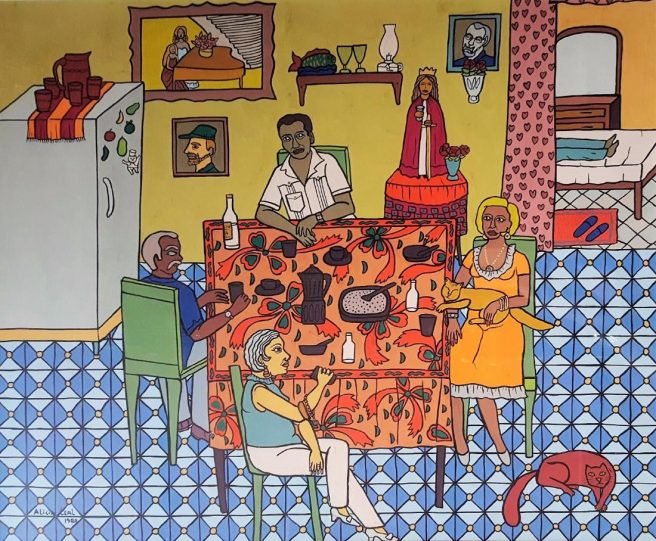
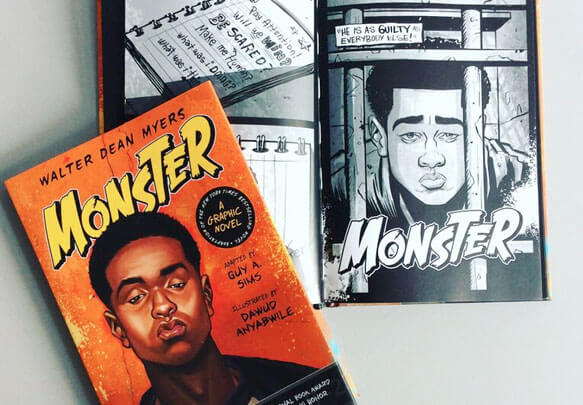


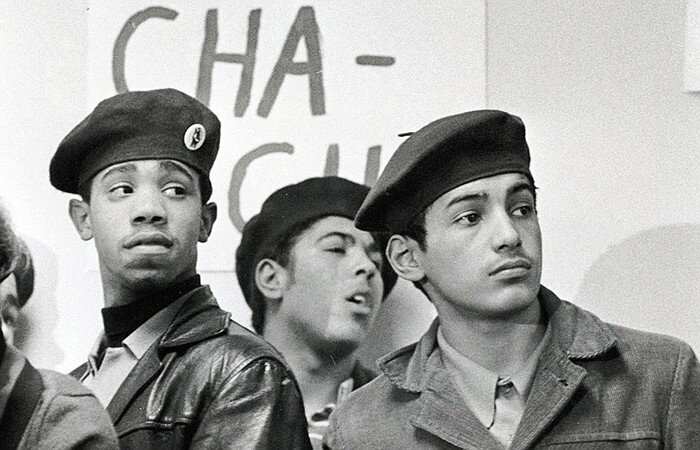
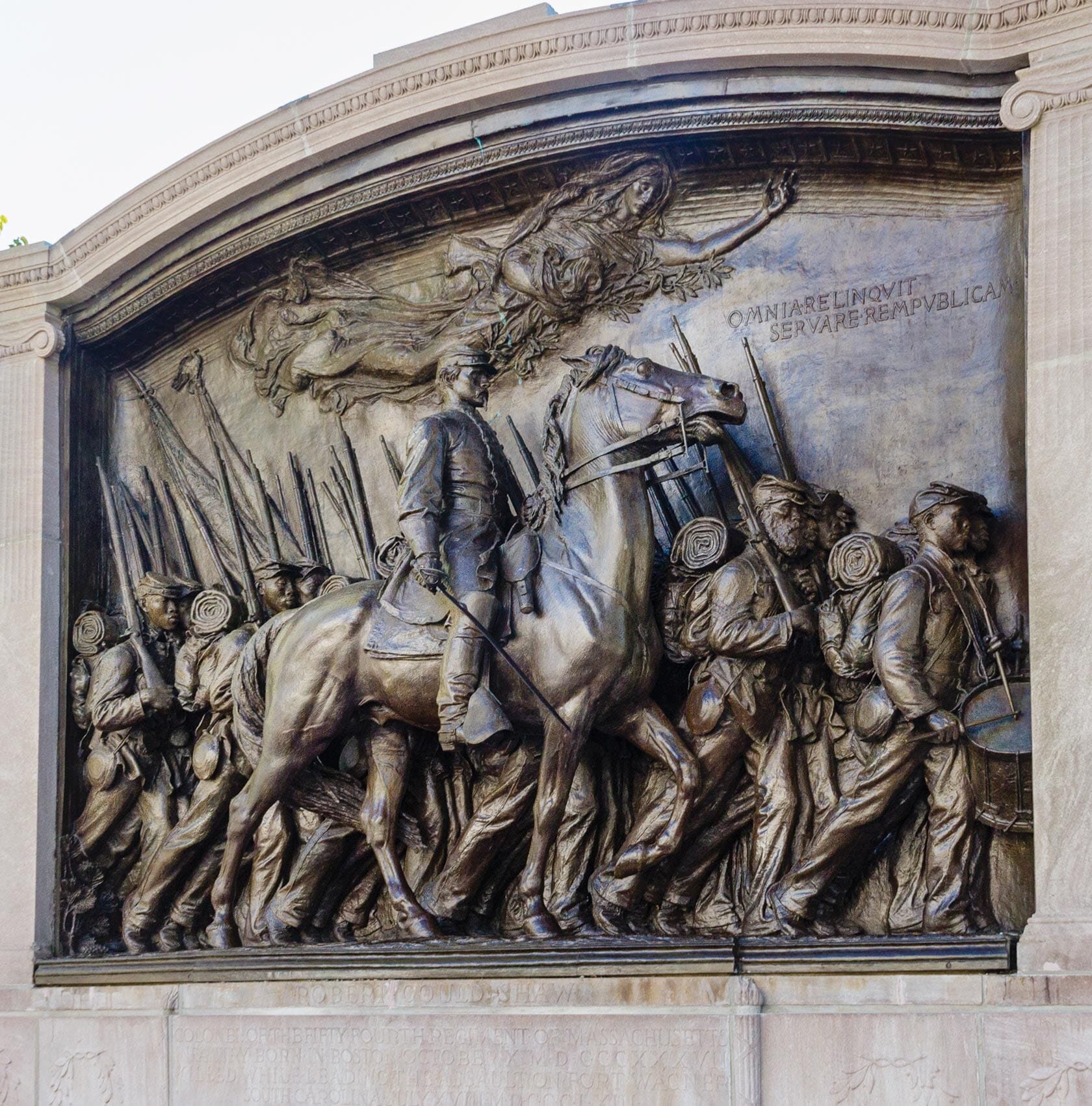

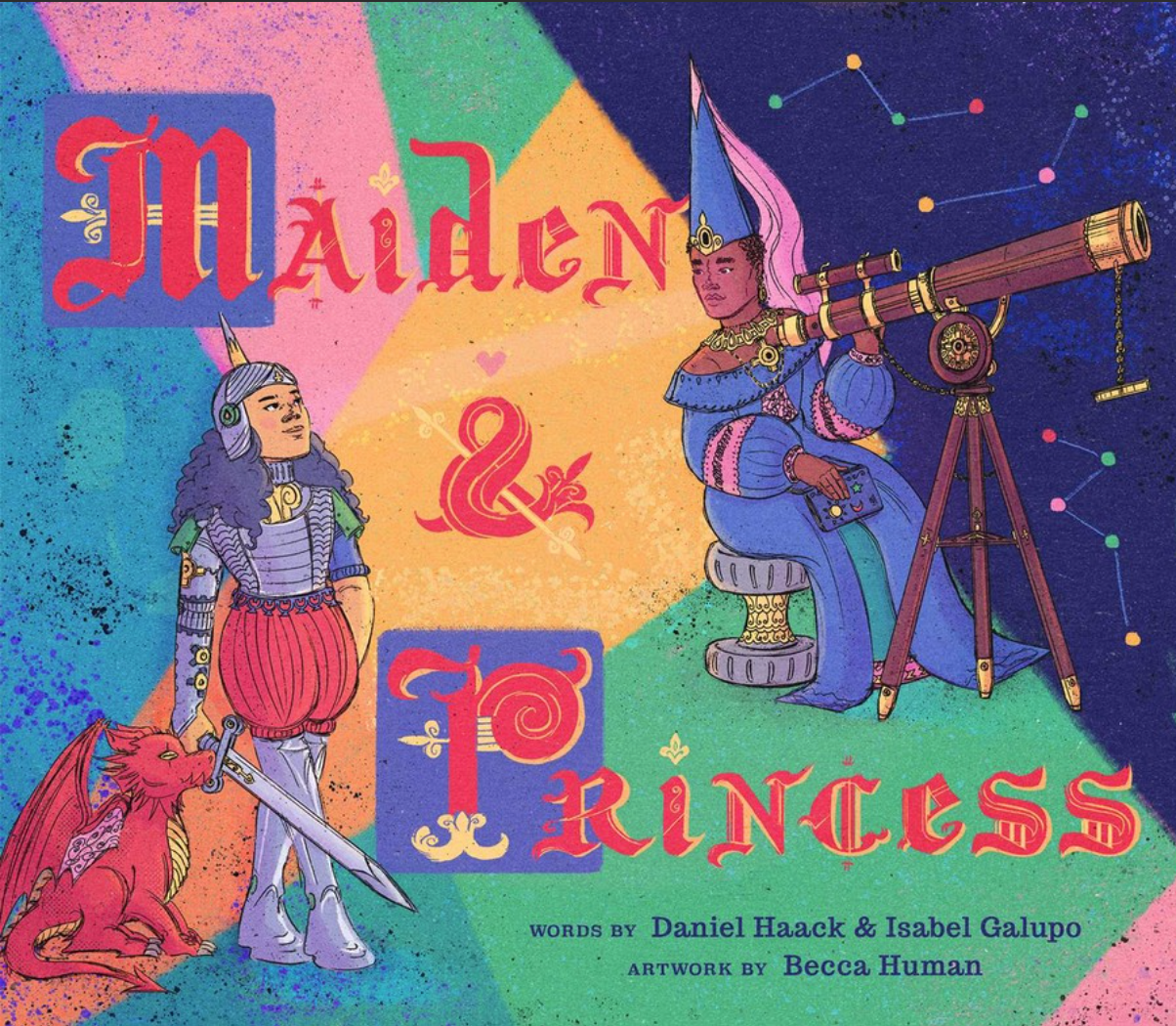
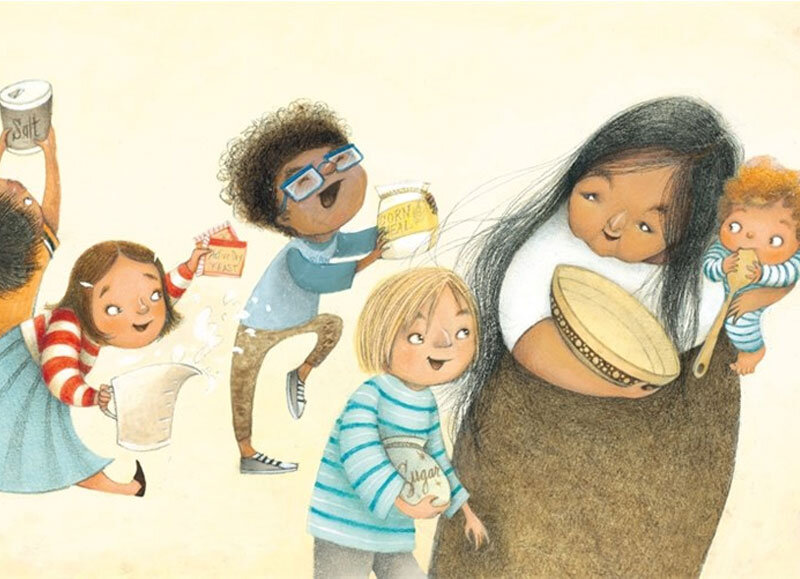
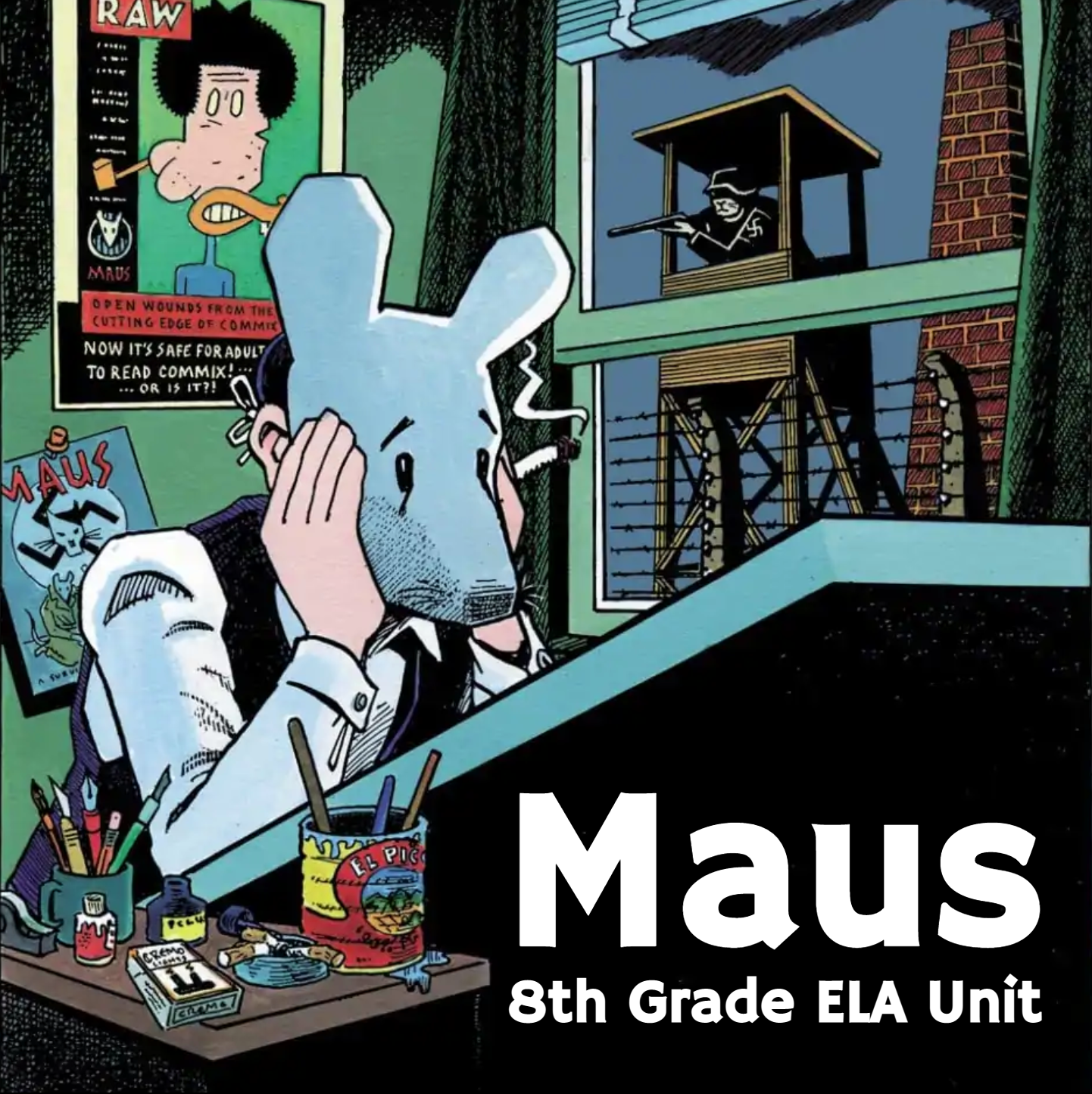
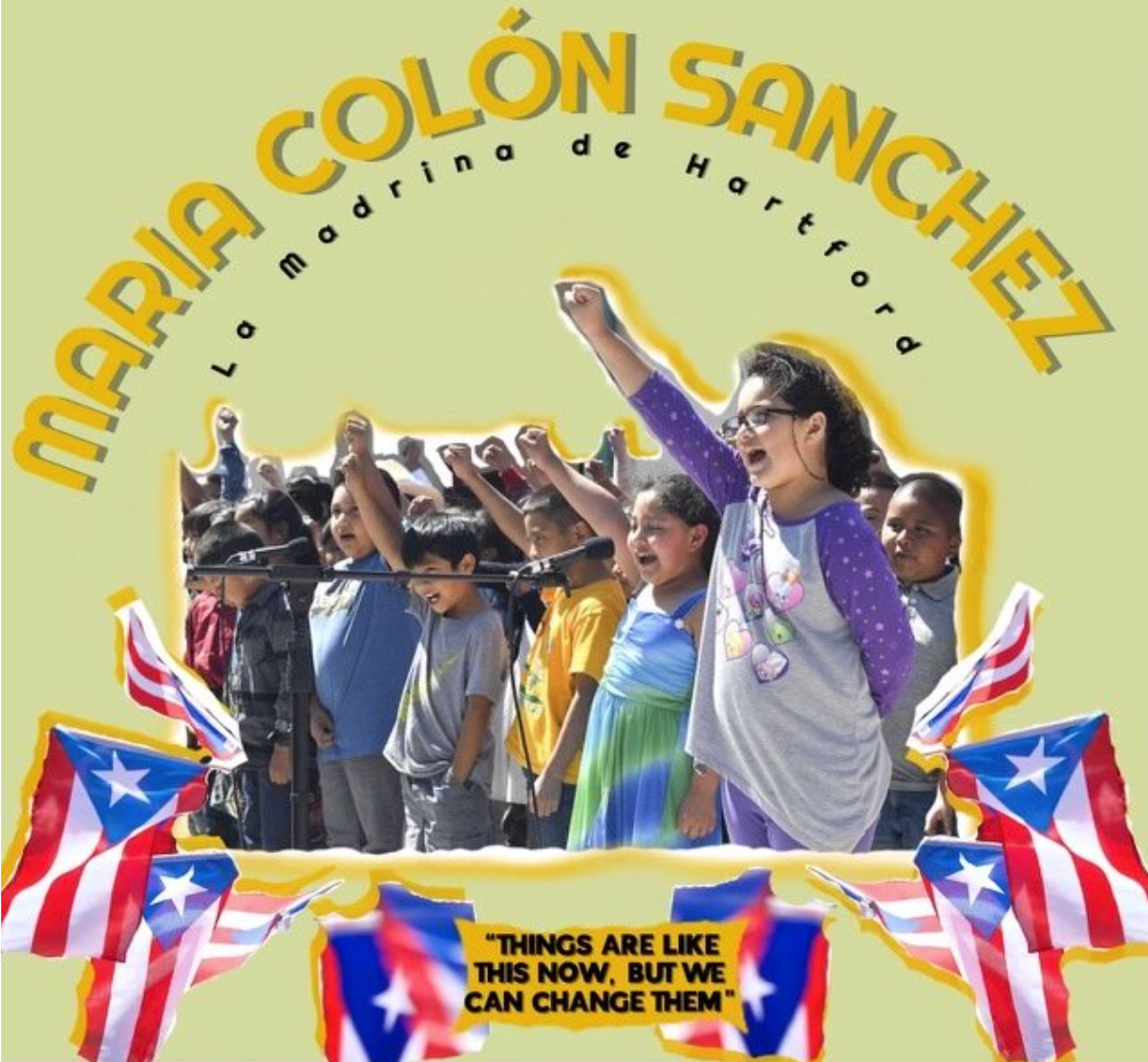

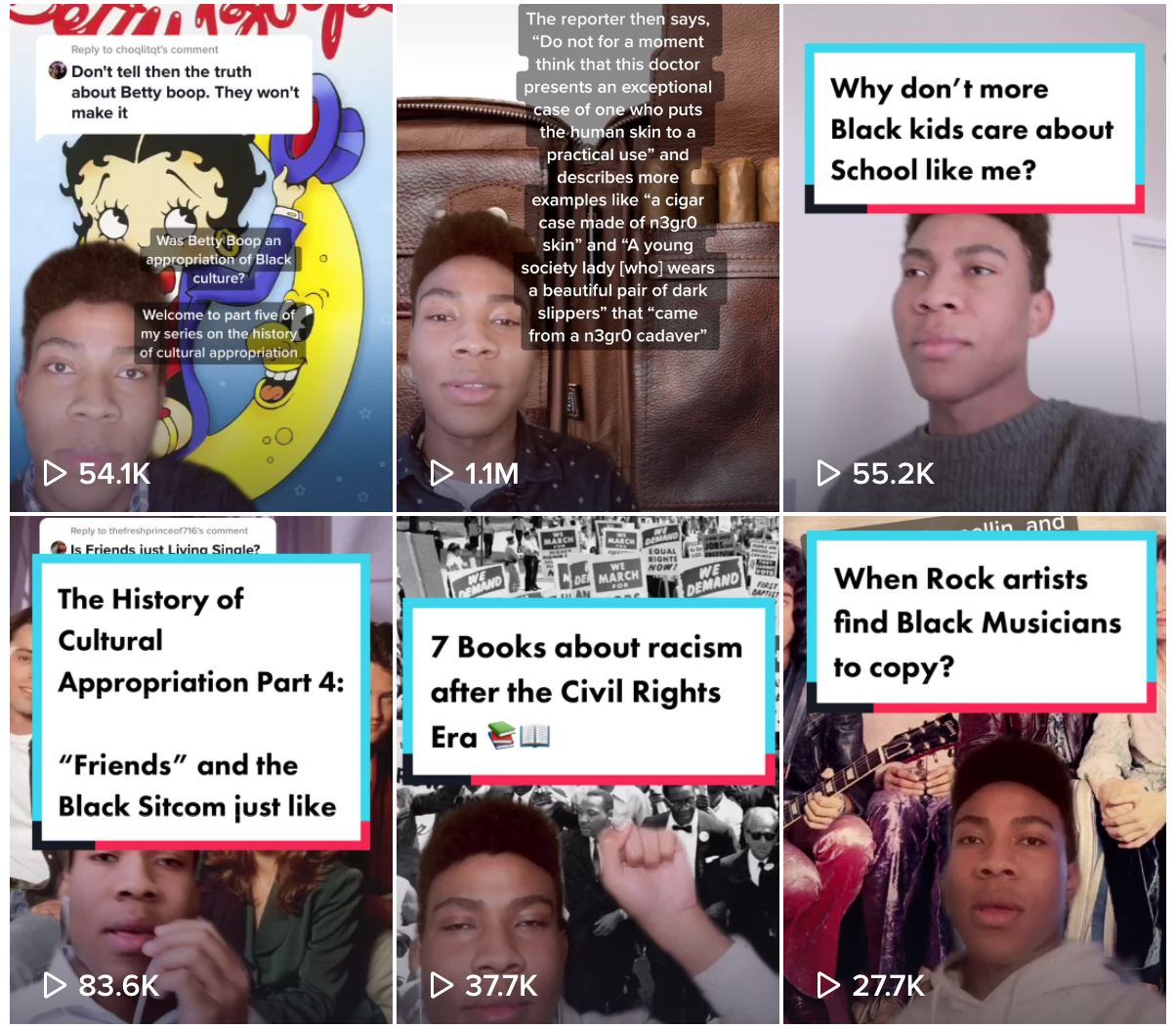
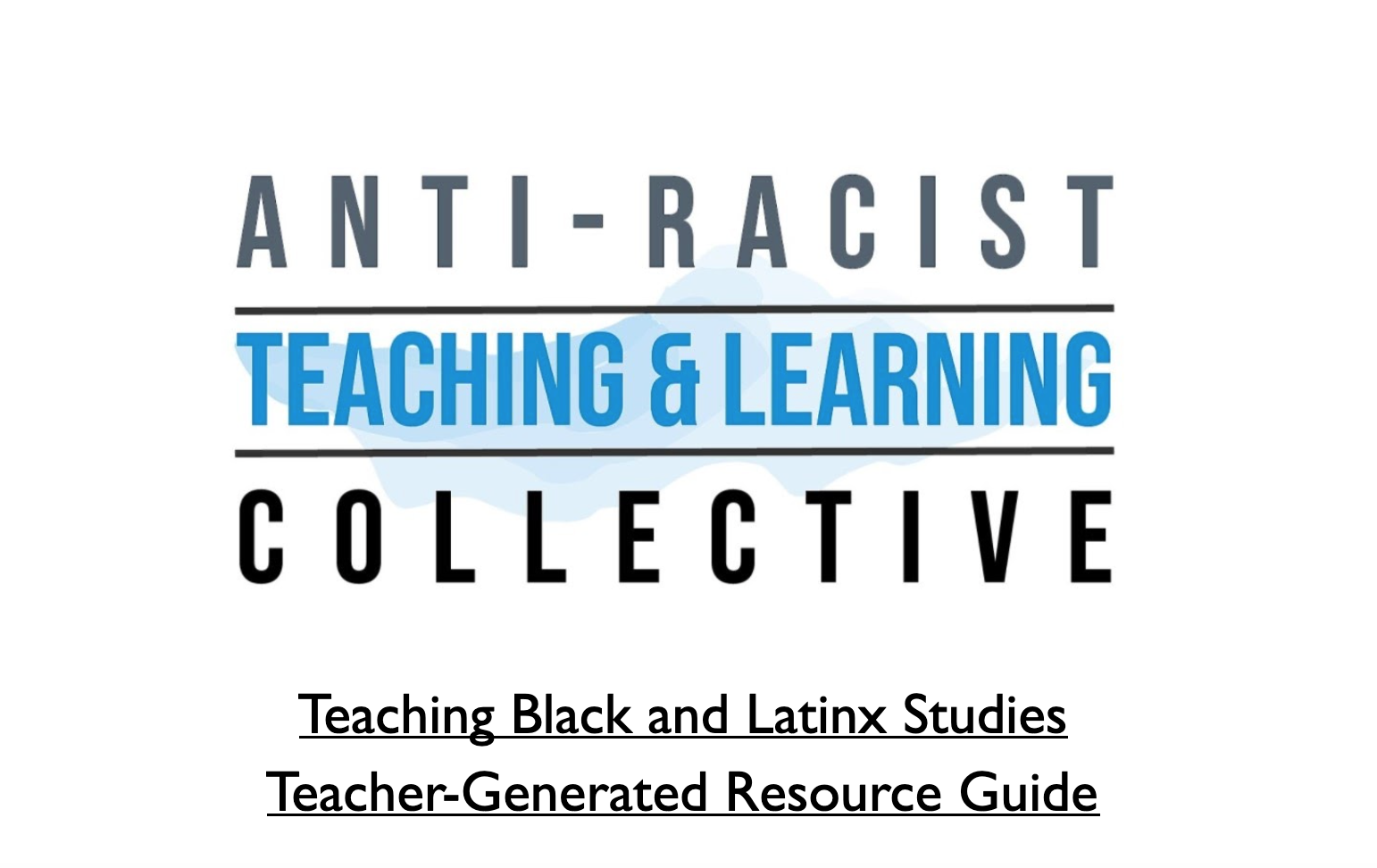
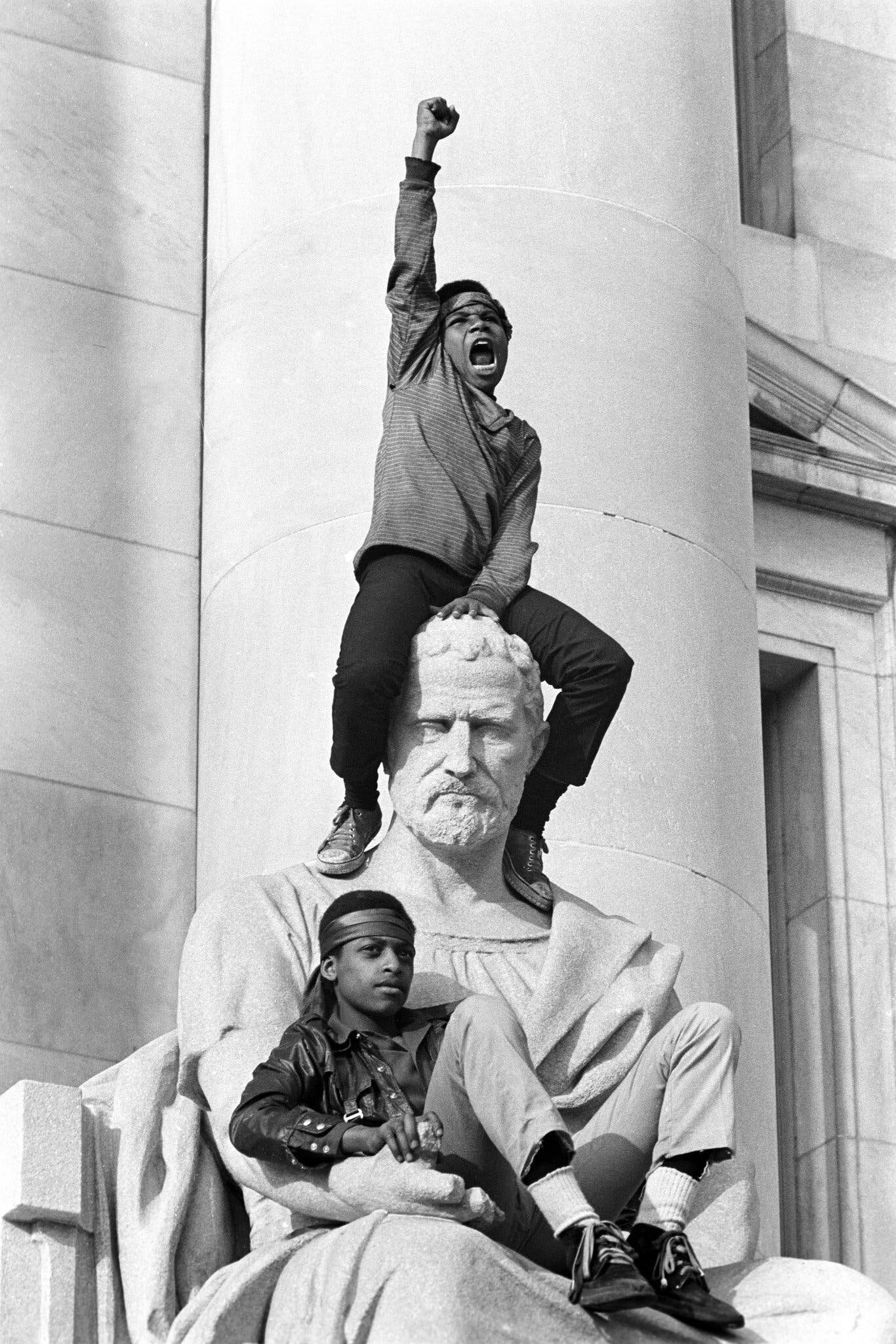

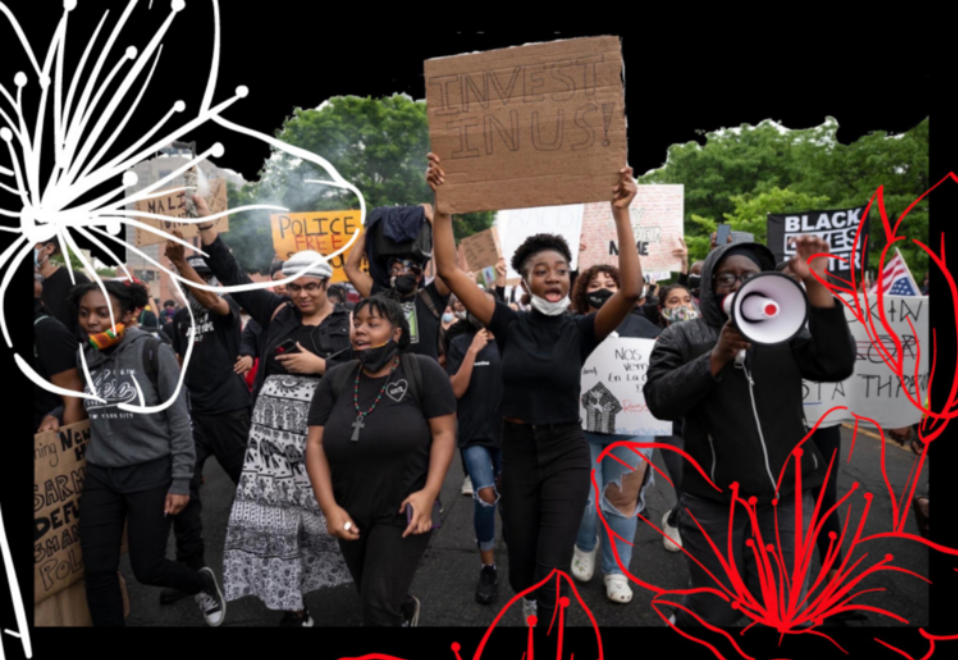

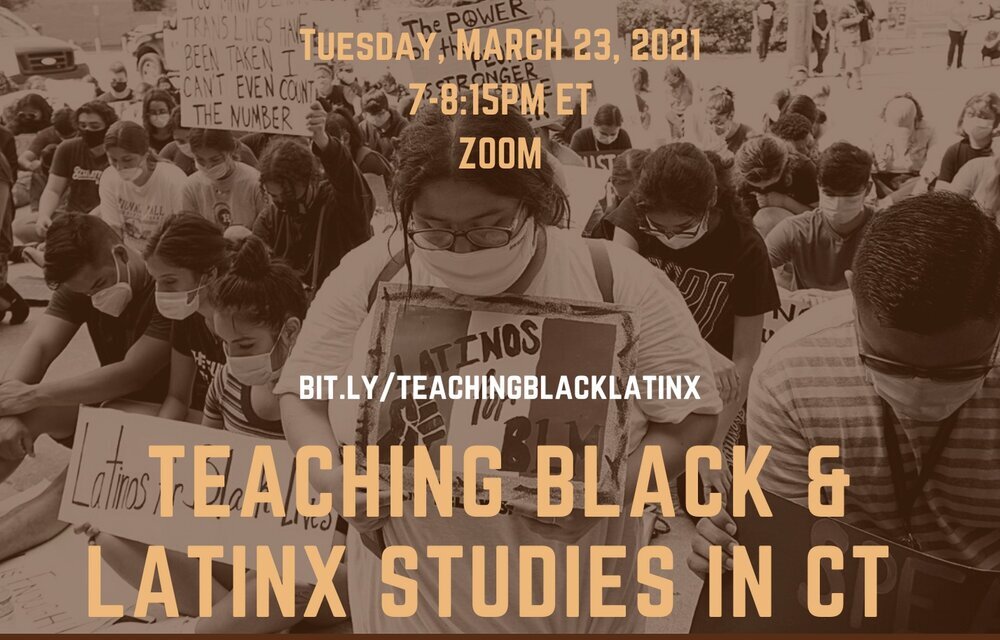
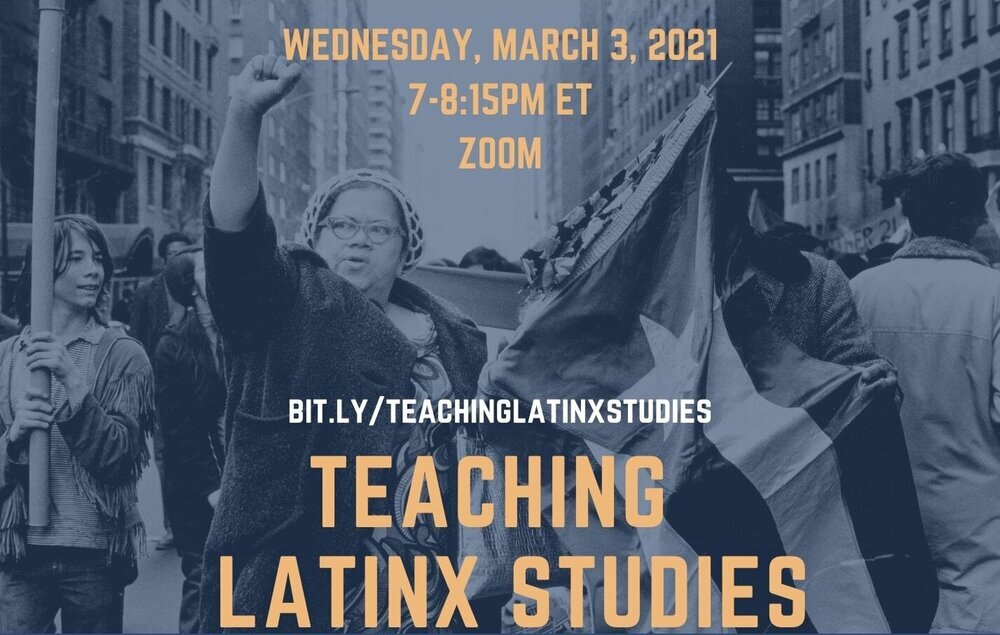

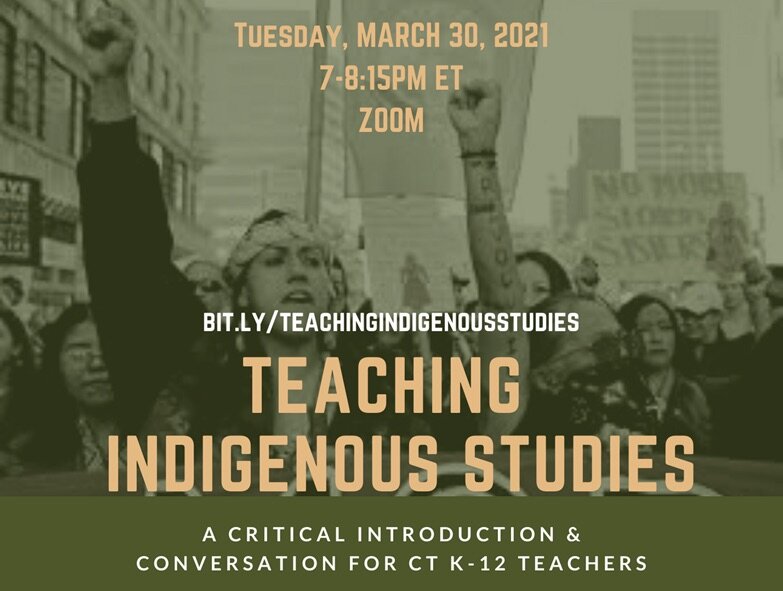
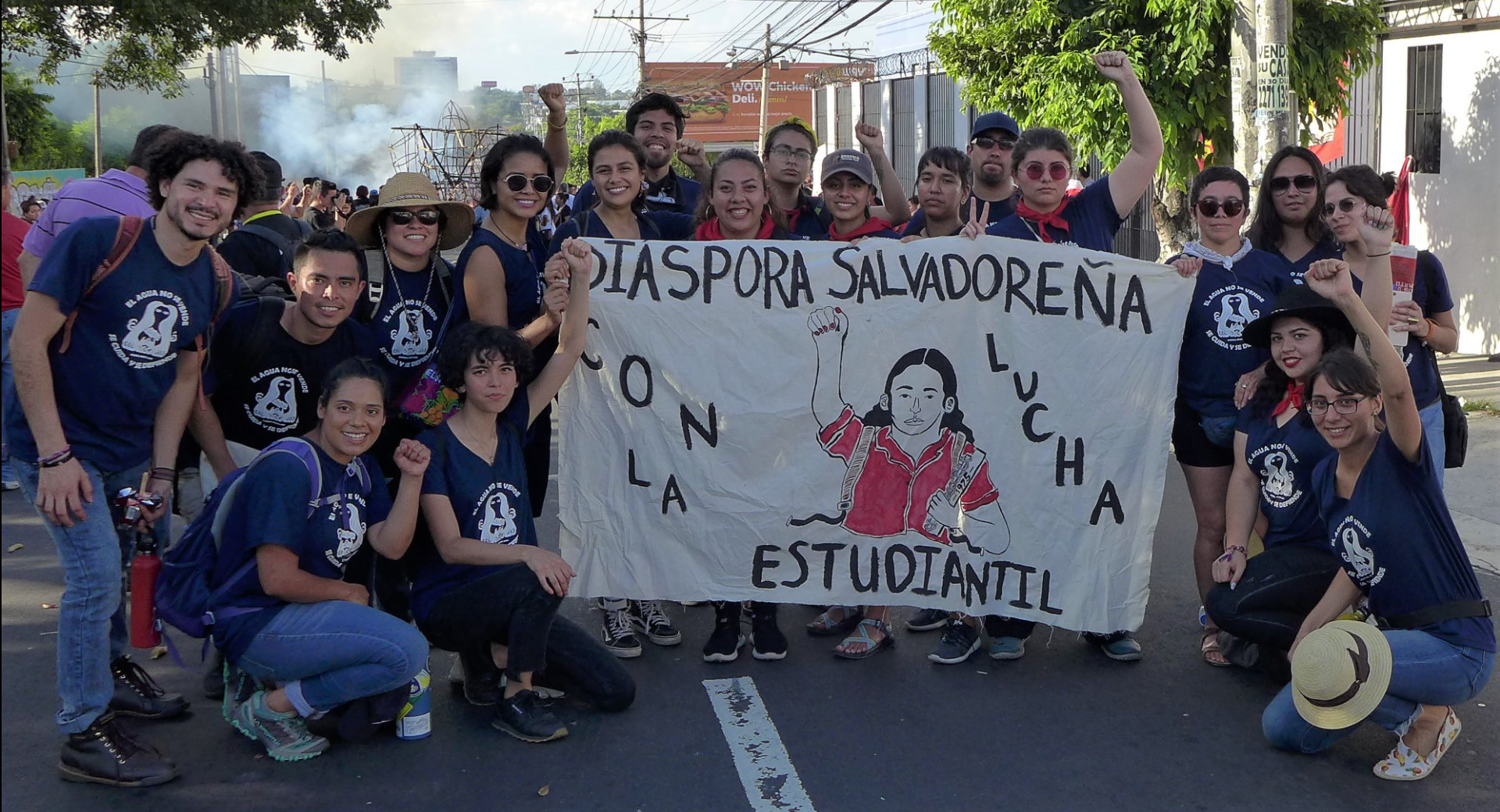
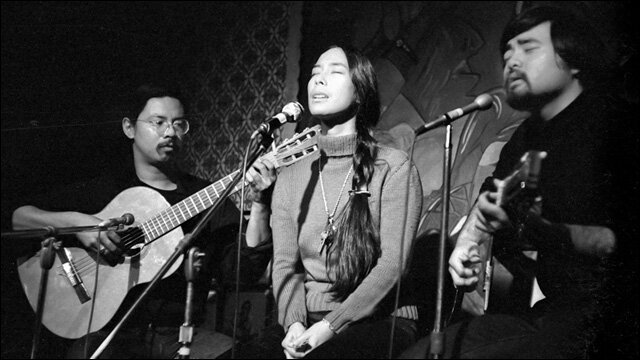
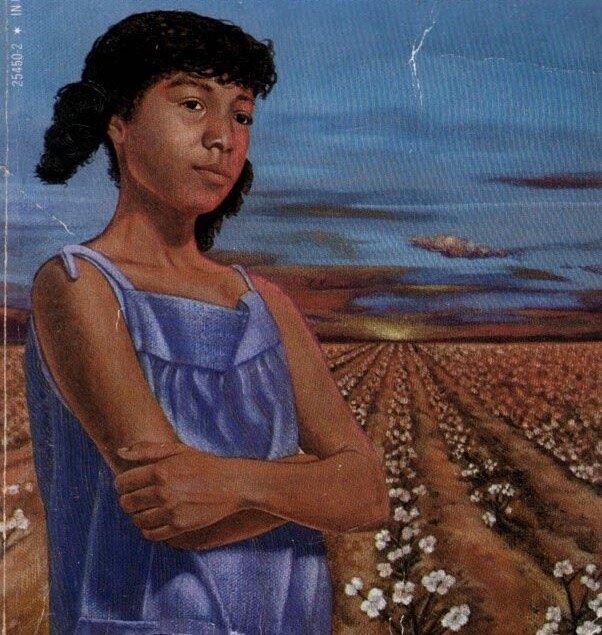
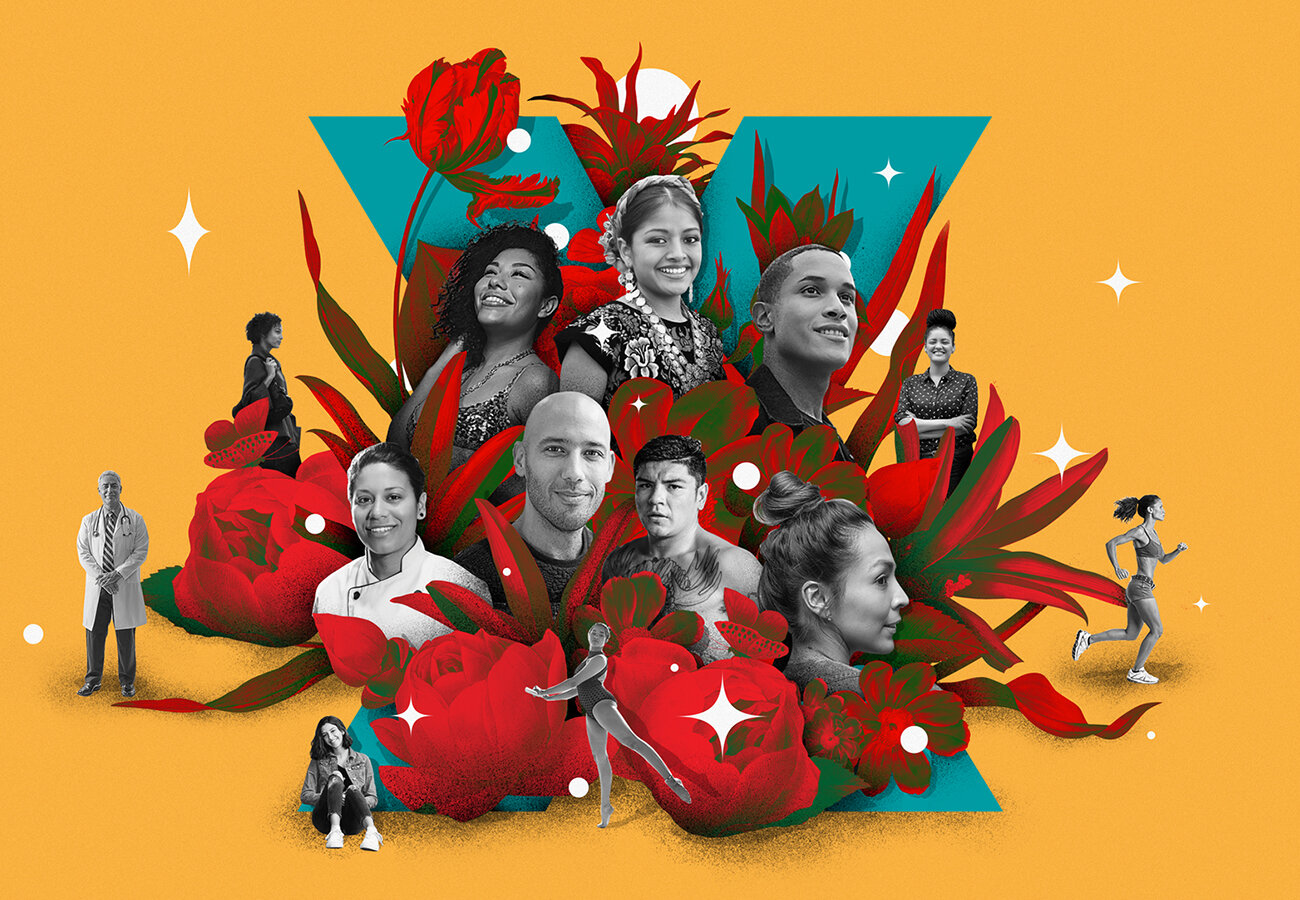
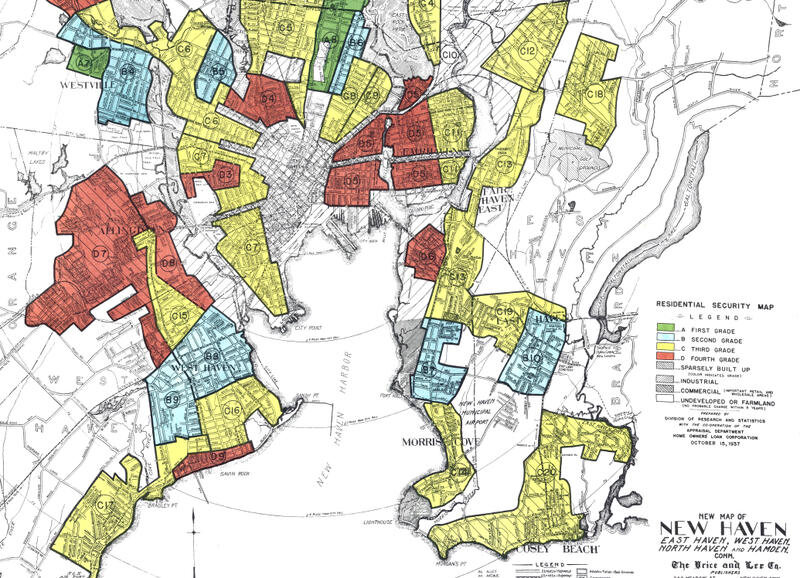
Two curricular lesson plans on India & Pakistan and Afro-Cuban Jazz for middle school social studies to foster student creativity, knowledge production, and cultural connections